The grains our ancestors cultivated are making a comeback. Considered to have changed very little over recent millennia, ancient grains such as amaranth and farro are healthy, easily digestible and many of them are also gluten free, making them a nice alternative to pasta or couscous for people who can’t tolerate gluten.
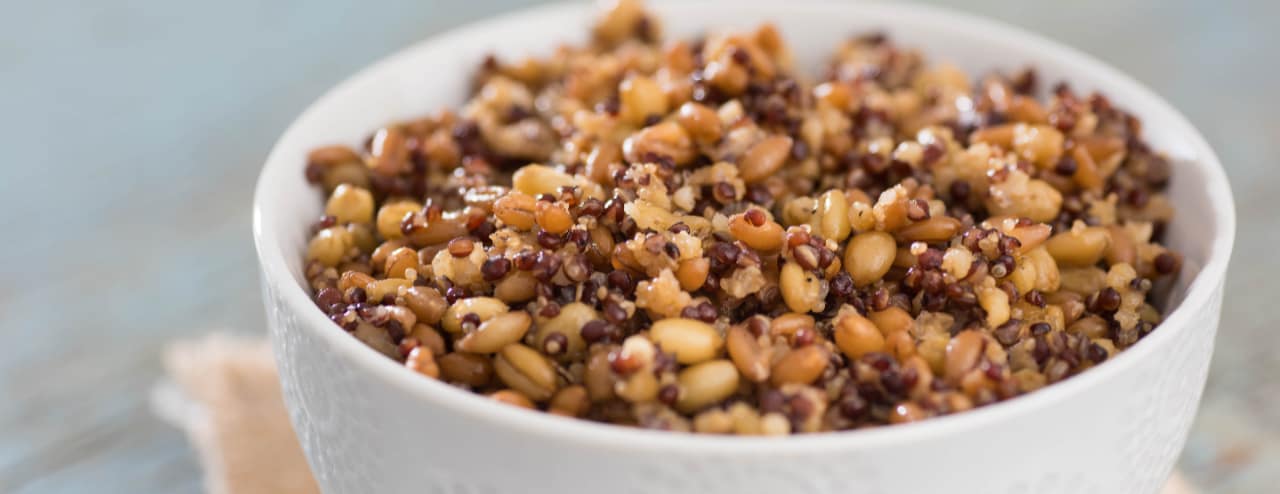
These grains can be served as a side dish or added to soups and salads to turn them into a hearty meal. Serve warm or cold, simply dressed with oil and seasonings or toss with veggies and herbs. The possibilities are exciting, as are the new flavours and textures you will discover. They’re a great addition to your kitchen and good for the environment, as most ancient grains use less water and are less intensively grown than mass produced wheat and maize.
In contrast to refined white flour and white rice, ancient grains tend to be whole or relatively unprocessed, and therefore a great source of fibre. They are also relatively high in protein and low in calories.

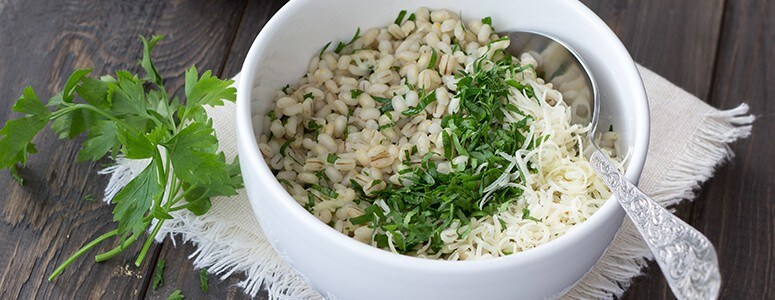
Sorghum, amaranth, teff and millet are gluten free ancient grains. Make sure what you use in your kitchen is certified gluten-free if you want to advertise it as such on your menu.
Amarath
This grain was first cultivated by the Aztecs and Incas in Mexico. It can be boiled in water like rice or popped like corn (add to salads for a satisfying crunch). It has a mild, slightly nutty flavour and gelatinous texture when boiled, which makes it suitable for soups and risottos.
Sorghum
This is widely eaten in Africa and parts of Asia. It’s eco-friendly as it needs about a third of the water to grow that corn does, and it’s cheap, versatile and filling. It can be ground and used as a flour in bread and pancakes, popped like popcorn, made into porridge or used as a rice substitute.
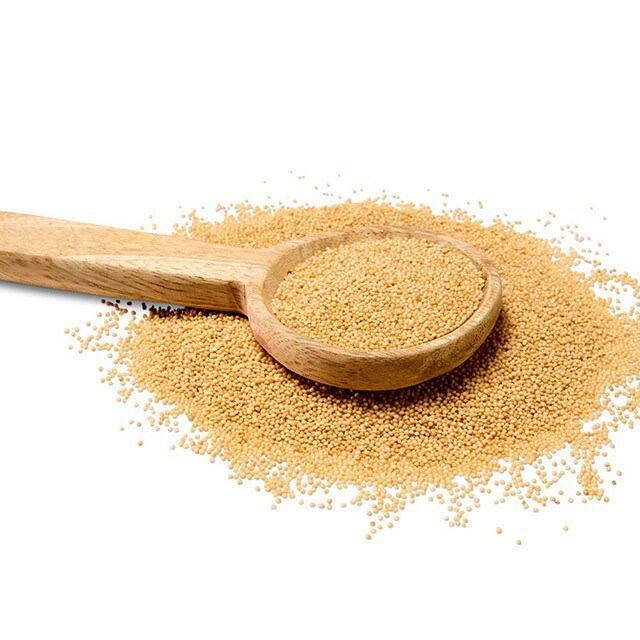
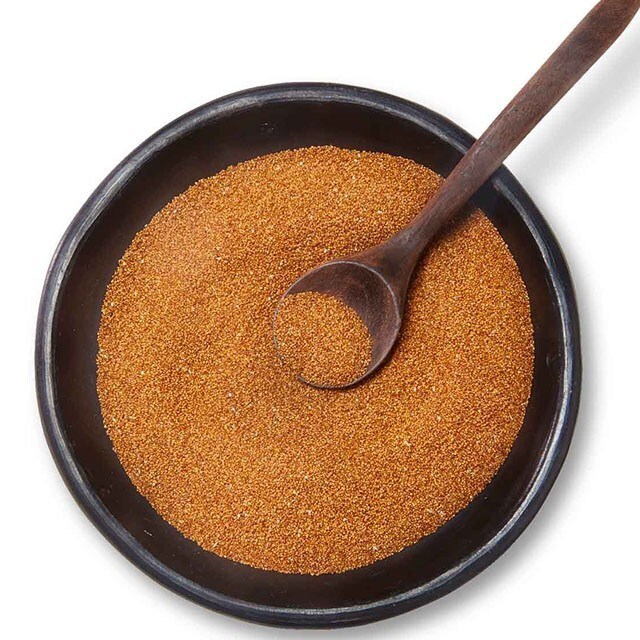
Teff
Teff is the primary ingredient in the delicious Ethiopian sourdough flatbread injera. It is a fine grain about the size of a poppy seed, and mild in flavour. You can add it to pastries and breads for an interesting nutty texture or scatter it over salads.
Millet
Highly nutritious, a good source of fibre and vitamin B1 and rich in minerals, millet is very versatile, most often milled into flour and used in bread or pancakes.

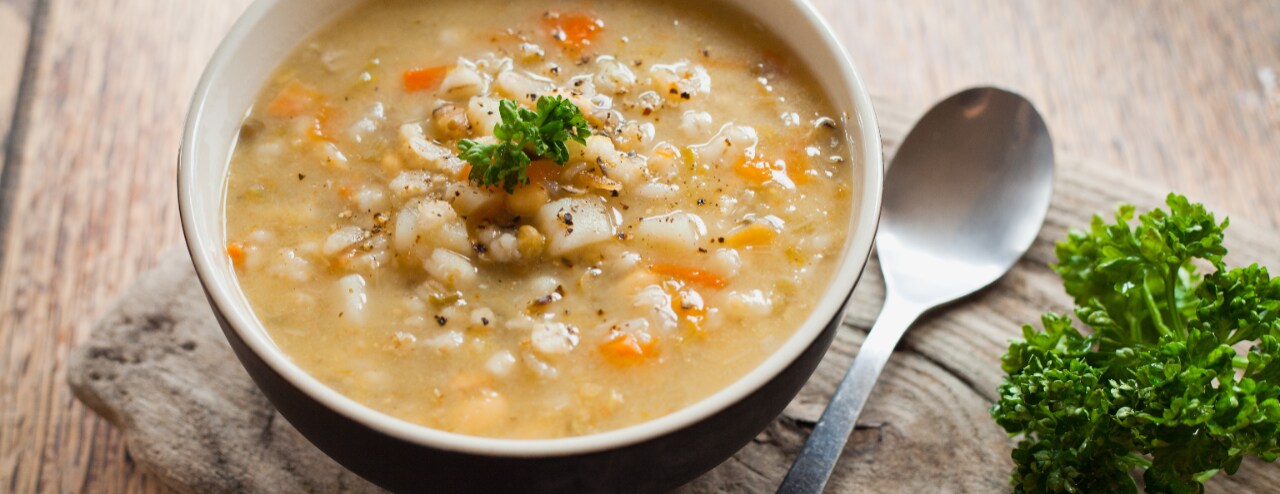
Barley
Barley, closely related to wheat, is a chewy nutty grain around the size of a sunflower seed and delicious in a multi-layered salad.
Farro
This ancient grain is fairly interchangeable in recipes and makes a good substitute for rice. A type of wheat, it’s not gluten-free but works wonderfully in on-trend ‘buddha bowls’.
Find out more about ancient grains here.

